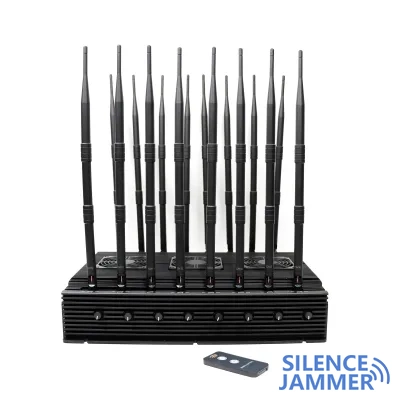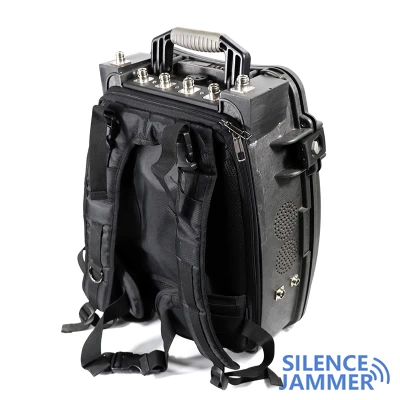In the recent battlefield in Ukraine, the Russian military successfully interfered with GPS-guided weapons provided by the United States, causing serious failure of the U.S. "Excalibur" guided artillery shells. These weapons are seen as key to Ukraine's counterattack strategy, but the disruption significantly affected their effectiveness.

According to a report by the Washington Post, the hit rate of the "Excalibur" guided 155mm artillery shells provided by the United States to Ukraine dropped sharply from 55% to only 6% in just six months. This long-range strike weapon worth up to $100,000 was hailed as a "game changer", but it has suffered tragic failures in the past few months.
The Ukrainian military is angry and disappointed. They say this high failure rate directly led to the failure of their counterattack last summer. According to their reports, in the most severe case, only one of the 19 rounds in a row hit the target. Faced with such serious consequences, the United States decided to suspend the continued delivery of this guided weapon to Ukraine.

In addition to the Excalibur shells, other GPS-guided weapons also suffered from the interference. Including "HIMARS" long-range multiple rocket launchers (HIMARS) and glide-guided bombs, they all showed obvious decline in effectiveness in combat. According to preliminary assessments, the jammed GPS-guided rockets deviated from the target by at least 15 meters or even further.
Russia has yet to publicly respond to the accusations regarding this incident. However, the occurrence of this electronic jamming of military GPS jammers once again highlights the importance of information warfare and electronic warfare in modern warfare, especially in the face of the key role of global navigation satellite systems such as GPS in military operations.
Military strategic experts in the United States and NATO are paying close attention to the progress of this incident and seeking more effective countermeasures to deal with possible future interference threats to ensure the reliability of their military equipment and the continued improvement of their combat capabilities.




